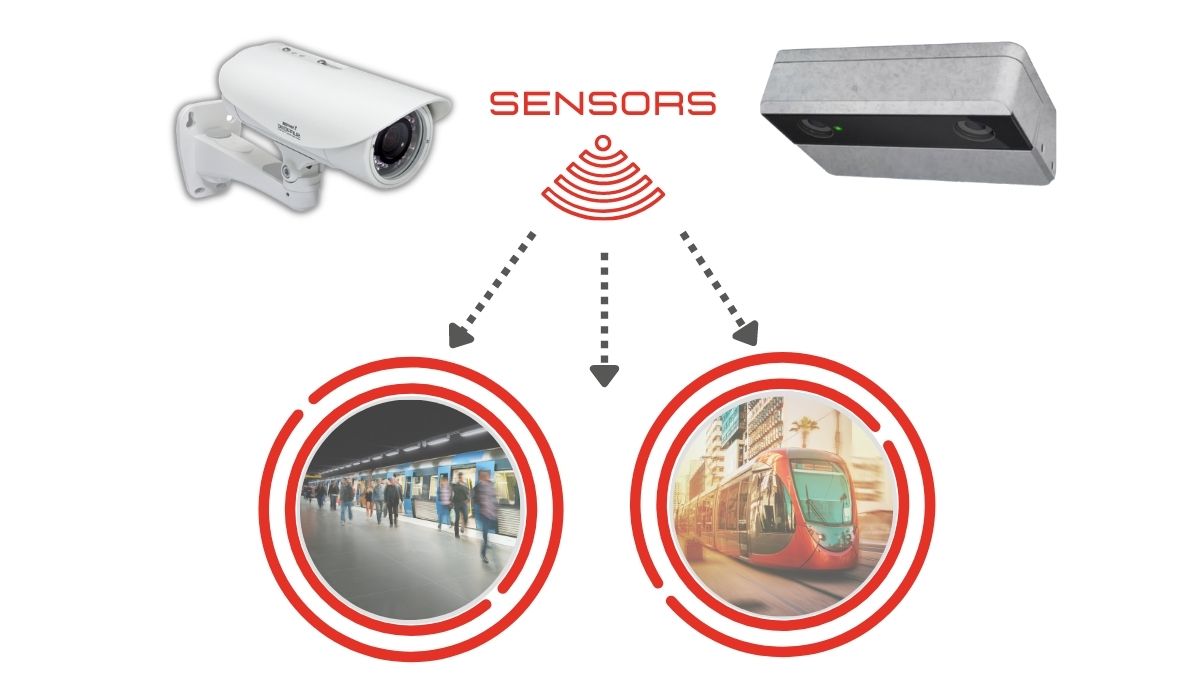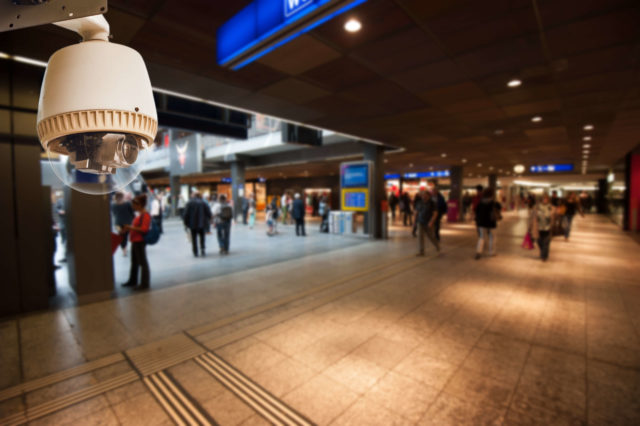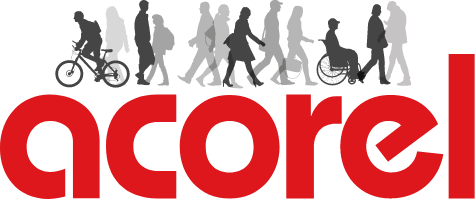In recent years, the management of passenger flows in public transport has undergone a remarkable evolution thanks to the integration of innovative technologies such as 3D sensors and Computer Vision (CV). These technologies have enabled public transport operators to better manage passenger flows, improve safety and efficiency of transport systems.
3D and CV allow better data analysis and understanding of passenger behaviour, enabling operators to make more informed decisions. These technologies are also essential for optimising vehicle schedules, frequency and capacity according to passenger demand.
Technological innovation in passenger flow management
3D and CV are also being used to improve security in public transport. For example, real-time face detection technology can be used to detect dangerous or suspicious people in railway and metro stations. Surveillance cameras equipped with CV technology can also be used to detect suspicious objects left in stations.

In addition, the use of real-time counting technology is also a growing trend in passenger flow management. Passengers can receive real-time information on bus and train timetables, lane changes and delays through mobile applications and digital display panels. This technology allows passengers to plan their journeys better and travel more efficiently and therefore contributes to improved user comfort.
Managing passenger flows in public transport is a major challenge for transport operators. To improve the quality of service offered to users, operators are seeking to better manage the flow of passengers in vehicles, in real time. This is where automatic passenger counting comes into play, allowing real-time data on passenger flows to be collected and used to improve the planning and management of public transport

Automatic passenger counting and flow management
Automatic passenger counting is a data collection technique that uses sensors to count people entering and exiting public transport vehicles. The sensors can be installed on the doors of buses, trams, metros and trains. The data collected by these sensors is used to monitor vehicle occupancy, identify congestion problems and adjust vehicle schedules and routes to improve service quality.
The advantages of automatic passenger counting in public transport are numerous. Firstly, it allows for more accurate and efficient data collection than traditional manual counting methods. This is because automatic counting systems can process a large amount of data in real time, allowing transport operators to analyse and better understand their users’ behaviour and make more informed decisions.
Finally, automatic passenger counting allows operators to better manage vehicle schedules and routes. Using automatic counting data, they can adjust vehicle schedules to better meet demand and avoid congestion. This also helps to optimise vehicle utilisation and therefore reduce operating costs.
For more information click here
